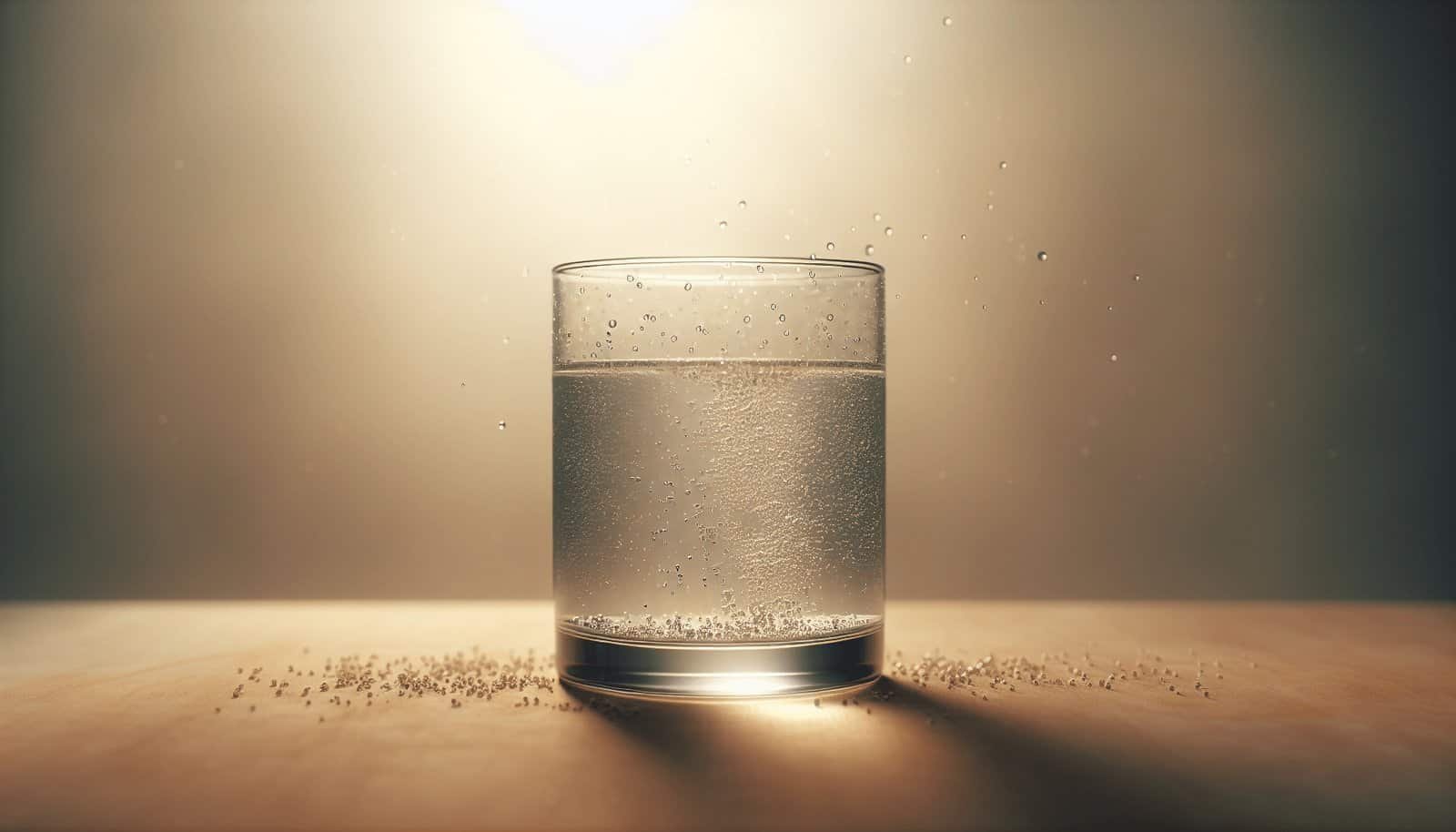Have you ever noticed that your well water appears cloudy or gritty? This might be a sign that sediment has made its way into your water supply. Understanding the presence of sediment and addressing it effectively is crucial for maintaining the quality of your drinking water. Let’s embark on a journey to learn how you can deal with sediment in your well water and also explore the steps to cap an abandoned well safely.
Understanding Sediment in Well Water
Before you jump into solutions, it’s important to understand what sediment is and why it might be present in your well water. Sediment refers to the particles that can make their way into your water supply. These particles can include dirt, sand, and organic materials. Sediment isn’t inherently harmful, but it can lead to the clogging of pipes and damage water-using appliances, making it a nuisance for any homeowner.
What Causes Sediment in Well Water?
There are several reasons why sediment might make its way into your well water:
- Well Construction Issues: If your well isn’t constructed properly or if the well casing is damaged, it could allow sediment to seep into the water supply.
- Newly Drilled Wells: After drilling a new well, some sediment might be present temporarily due to the disturbance of loose particles.
- Natural Aquifer Conditions: In some cases, the natural environment of the aquifer may contribute to sediment in the water.
- System Components: Faulty or inadequate filtration systems might not effectively remove sediment from your water supply.
Understanding the cause of the sediment will guide the steps you take to address it, ensuring a more effective and tailored approach.
Identifying Sediment in Your Well Water
Identifying the presence of sediment in your well water isn’t always apparent. However, there are a few signs you can look out for to confirm its presence.
Visible Particles and Cloudiness
The most noticeable sign of sediment is the presence of visible particles, such as sand or dirt, in your water supply. If your water appears consistently cloudy, it might be time to investigate further.
Reduced Water Pressure
Sediment can accumulate in your pipes and fixtures, leading to reduced water pressure over time. If you notice a drop in water pressure, sediment might be the culprit.
Appliance Efficiency
Water-using appliances, such as dishwashers and washing machines, may become less efficient if sediment is present. They might require frequent maintenance or not perform as expected due to sediment clogging.
Testing for Sediment in Well Water
Testing your well water is an essential step in confirming the presence and type of sediment present. This can help you decide how best to address the issue.
Home Test Kits
Home water testing kits are available and can provide quick insights into the composition of your water, including sediment levels. Choose a kit that specifically tests for sediment to get accurate results.
Professional Water Testing
For a comprehensive water quality assessment, consider hiring a professional water testing service. Professionals can identify not just the presence of sediment but also provide information on other potential contaminants and the overall health of your water supply.
Solutions for Removing Sediment from Well Water
Once you’ve determined that sediment is present, the next step is to implement solutions to remove or reduce it effectively.
Installing a Sediment Filter
One of the most effective ways to tackle sediment in your well water is by installing a sediment filter. Various types of filters are available, each designed to capture different sizes and types of particles.
| Type of Sediment Filter | Features |
|---|---|
| Spin Down Filters | Effective for large particles; reusable and easy to clean |
| Cartridge Filters | Designed for smaller particles; requires regular replacement |
| Backwashing Filters | Ideal for consistent sediment issues; capable of handling a high flow rate |
Regular Maintenance and Cleaning
Regularly maintaining your well system and sediment filter ensures the continuous flow of clean water. This includes replacing or cleaning filters based on manufacturer recommendations and checking your well system for any damage or issues.
Shock Chlorination
If organic material is contributing to sediment in your well, shock chlorination can help sanitize your well and reduce sediment by killing harmful bacteria and eliminating organic debris.
Well Rehabilitation
In cases where sediment issues persist despite preventative measures, well rehabilitation might be necessary. This involves repairing or redeveloping the well to manage sediment effectively. Consult with a professional to assess whether this option is suitable for your situation.
How to Cap an Abandoned Well
If you’ve been dealing with sediment in an older or unused well, you might consider capping it to prevent future issues. Capping a well is a legal and environmental responsibility to ensure groundwater safety and avoid contamination.
Importance of Capping Abandoned Wells
Uncapped wells pose safety hazards for animals and children and can also become a direct pathway for contaminants to enter the groundwater supply. Properly capping an unused well prevents these risks.
Steps to Cap an Abandoned Well
Identify Well Location: Begin by locating all inactive wells on your property, using any available maps or historical records.
Consult Local Regulations: Contact local authorities to understand regulations and permits required for decommissioning a well.
Hire a Professional: A licensed well driller or environmental contractor should handle the actual capping process to ensure it’s done in compliance with local standards.
Seal the Well: The professional will clean the well, remove any equipment, and fill the well with appropriate materials such as grout or cement to seal it effectively.
Documentation: Ensure that all steps of the capping process are documented and that you’ve notified local agencies, if necessary, to complete the process.
Prevention Tips for Sediment in Well Water
Preventing sediment from entering your well water is the best way to maintain water quality and avoid the issues associated with sediment buildup.
Regular Inspections
Schedule regular inspections of your well to ensure its components are intact and functioning correctly. This approach helps catch any issues that might lead to sediment intrusion early.
Water Conservation Practices
Using water efficiently and consciously can help minimize stress on your well, potentially reducing sediment issues. Implementing water conservation practices in your household is beneficial to both your well and the environment.
Upgrading Well Components
Modern advancements in well technology can reduce sediment problems. Upgrading outdated components, such as well casings or screens, enhances the system’s capability to filter out sediment.
By taking these preventive measures, you not only safeguard the quality of your water but also extend the longevity and performance of your well.
Conclusion
Addressing sediment in your well water requires an understanding of its causes, signs to look for, and solutions tailored to your specific needs. By implementing effective filtration systems, maintaining regular care routines, and considering professional services when necessary, you can achieve clear, sediment-free water. Additionally, understanding how to properly cap an abandoned well is crucial for environmental responsibility and safety. With informed decisions and preventative measures in place, you can ensure that your well water remains high quality and conducive to a healthy home environment.




